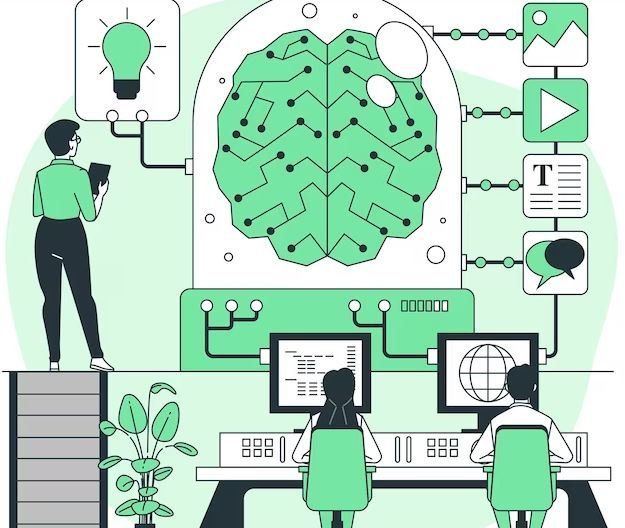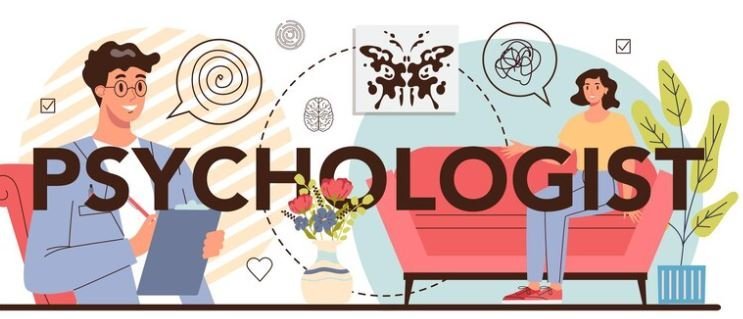You can do this with a book, a poem, or even just what someone tells you about something that happened. That is because whichever text any given person reads, they also bring with them into that reading their ideas and emotions. Reader Response Theory is a method based on the ways readers (i.e., you) interpret and react to text. Whenever you read a story, aptly understand that what matters is the thoughts and feelings of your heart.
Reader Response Theory in Brief
Reader Response Theory is a way of thinking about stories that assume the reader matters. Reading a story is more than just the words on paper. It is about how you feel on your own, what thoughts run across ur mind, and where it wanders. All of this is to say that — and here you should picture them looking constipated as he tries not to scream, so now it must be good advice! — maybe every reader reads a different story. This goes on to show that reading — like all else in life — is subjective, and the reaction varies from one person to another.
Reader Response Theory- Why it is necessary?
The significance of the Reader Response Theory is that it brings about the realization in our mind, that when people read they have their thinking and understanding. All in all, there is no “correct” way of interpreting a story. Your feelings and thoughts on reading the poem are just as valuable to write about as what was said in the poetry itself.
This way this theory allows you to start discussing your views and opinions on what has been mentioned so far and makes sure more of YOU are involved in the words you read.
Using Reader Response Theory
Reading a story sets your mind to work, thinking about what is happening. how the characters must be feeling; and trying to deduce who or where was responsible for XYZ.
You might also relate it to your own life and see where the story parallels or diverges. Reader Response Theory will tell you this is all a part of how you interpret the story. It is like being born into your universe in the world that it creates, so you can relate personally.
Lessons gleaned from Reader Response Theory
You point out that Reader Response Theory could be a lesson to you about how reading grants credibility and agency amidst the power imbalances of existence. It teaches you that it is fine if the views we have on a story do not coincide with another person.
You also learn how stories can help you to feel emotions and experiences, as well as reflect (more on that in the next section). This way you can comprehend stories, and reveling in a story is more enjoyable as it becomes an interactive experience for everyone.
Ways to answer a story
A story might inspire a great number of different responses. You might relate to one of the characters in your head, or wonder what you would do if this happened. At times, a story may bring into your mind what you experienced or the thrill of joy and sorrow too. These are all different responses to the synapse, and they support you in connecting with the story as it occurs for your uniquely situated self.
Sharing Your Response
Reader Response Theory is also interactive, so a lot of the fun happens when you get to share your thoughts with others. The story you may all then discuss this with your classmates, family, and teacher. When you tell them what you think, they will reciprocate your reaction to the same story. It’s a way to help you understand that people might think something different about the same story and why reading is interesting.
Reader Response in Action: 9 Ideas for Doing it By the Book
Reader Response Theory is also used by teachers to deepen students’ thinking about stories. These questions may be as simple as things like “How did this story make you feel? or “What do you think the protagonist should…?”; These will hopefully start you thinking about the story and what else to look for. I enjoy my reading better, not aimed at one “right” solution but insights and emotions were explored.

Reading Together
Reader Response Theory comes in handy when you are reading a tale together with others, either inside the classroom or at home (it is mostly used for close reading). Everyone can point out what they think and feel about the story and you will compare your ideas. This makes reading a communal social activity where everyone is given space to voice their opinions openly and respectfully.
Finding Meaning in Stories
The understanding of significant stories Matt explained that this is an example of Reader Response Theory in practical use and helps you place meaning over what those things meant to the other end. Or a story you can relate to or learn something from and will remember.
For instance, if the story is about friendship, you will realize more about your friends or what it takes to be a good friend. It is a personal touch that makes the story stand out and stay with me.
Different Stories, Similar Reader Response
All this means is that you will react differently to every single story you read. Hearing a funny story is very likely to get you laughing and reminiscing on all the good times spent with friends. A tragic story may pull at your heartstrings and spark some inspiration to find a way to give back.
A bash story might be torture: Or that same adventure story could fill you with joy and have you dreaming of going on your adventures. The Reader Response Theory supports the notion that every narrative elicits different sets of emotions and thoughts from any reader.
What is Reader Response Theory Used For?
Reader Response Theory is not only about reading but also learning. How a story makes you create is how it teaches you more about yourself and the world around you.
You are also learning how to articulate your thoughts and listen back to yourself, as well as listening TO OTHERS exercising full focus on that person lets you understand what she/he is saying better and Improves the way of receiving input in a Focus Buddy Call Practice how you transmit information/action items To Listening goes both ways. It makes you a better reader and thinker, which is something that many of us could benefit from doing in other areas.
Making Reading Fun
It makes reading a fun event when I know my voice matters. You can question and argue with the story instead of just learning what happens. It turns reading into more of an adventure, where you are a tourist in new lands and worlds while learning about who you are.
The Joy of Your Ideas
Reader Response Theory is great in that it rewards you for simply thinking your thoughts. It is not just about taking in information, there are thoughts and feelings that you alluded to that go into the text when reading. That is because you are using your imagination to understand the story, which makes reading a creative process. The pleasure of reading is in knowing that you have something important to say and that you can tell stories the way nobody else would.
In Conclusion: The Significance of Reader Response Theory
Reader response theory is unique in that it considers your role as the reader front and center. Reads teach you that what you think, feel, and speculate is just as pertinent. Because relating the stories to your life in a more personalized way can make it more fun as well as meaningful. Remember, whether you are reading for fun or in a school setting it is your response to the text that brings a story alive. The next time you pick up a book, let your imagination soar and find the joy that reading has to offer.


